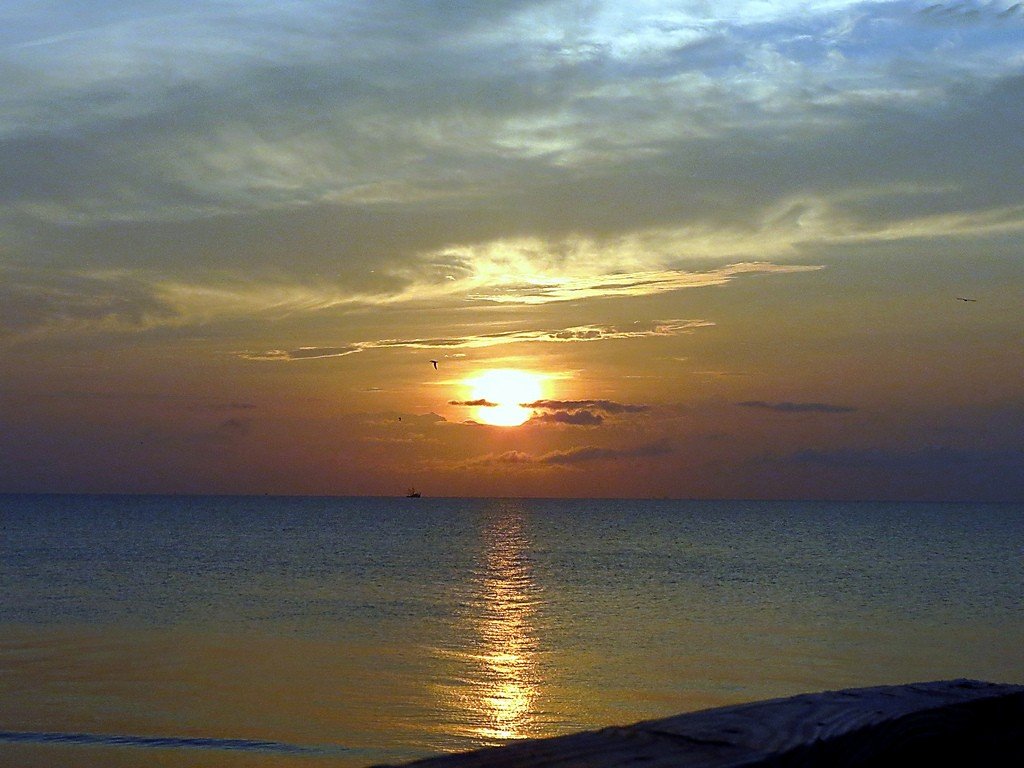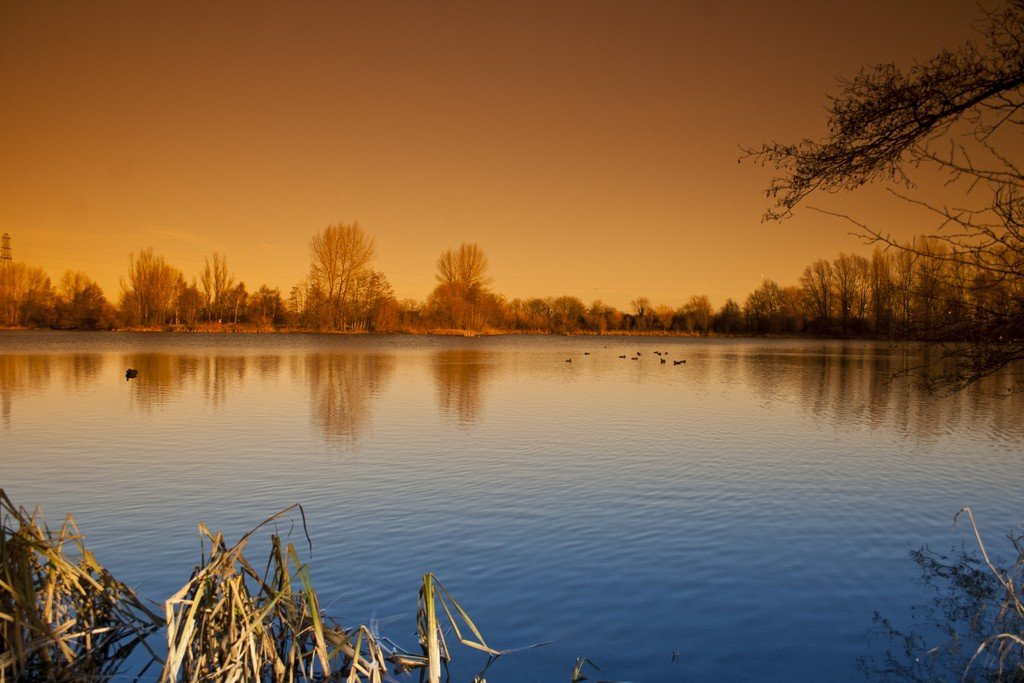Lake Chad
This attraction is related to the countries:ChadChad , NigerChad , NigeriaCameroonLake Chad is the largest body of water in Central Africa, located at the junction of the borders of the Republic of Chad, Niger, Cameroon and Nigeria. Locals call it the “Sea of the Sahara”, and in the language of its namesake, the word “Chad” means “big water”. Those planning a trip to the center of the African continent should definitely visit this place, especially when the water level rises.
.
In addition to the state, here are the borders of several climatic zones: in the north is the Sahara, and on the south side of the reservoir adjoins the Sudanese grassy savannahs.










Seasonal variations
The size of the lake is constantly changing and the fluctuations can be very significant. This is due to the alternation of rainy and dry seasons, as well as the fact that the locals actively use water from Chad’s only permanent and full-flowing tributary, the Shari River.
Thus, during the dry period, which falls on winter and spring months, the area of the lake is reduced to 11 thousand square kilometers. Rain-rich summers allow the water surface to expand to about 50 thousand square kilometers. During the period of relatively stable precipitation, the size of the lake is about 27 thousand square kilometers. At the same time Chad is shallow, its depth varies from 4 to 11 meters, depending on the time of year. Also, significant fluctuations in water levels occur every 20 to 30 years.
.History
Up until the 19th century, Europeans had not seen this body of water, although its existence was known as early as the age of Ptolemy. It was later described by the Arab travelers Ibn Battut, as well as by Leo the African. However, in 1823, a Scotsman Hugh Clapperton came here, or rather came over the sands (more than 2000 thousand kilometers). He not only confirmed the incredible descriptions of the Arabs, but also determined the coordinates of the lake. Gustav Nachtigal and Heinrich Barth subsequently explored the area in more detail.
.Tourists on a side note
It is best to visit these places in the fall, winter or spring. In the fall, the reservoir is still quite full after the summer rains, but the weather conditions are more stable. In addition, it is in the autumn months that the traveler has the opportunity to fully appreciate the richness of the local fauna. In winter and spring, the water level drops significantly, and gradually the lake becomes like a rather large swamp, densely overgrown with grass.
.
It is noteworthy that the water here is almost entirely fresh. Both animals and people drink it without harm to their health. This is completely atypical for lakes of the drainless type. The flowing rivers carry dissolved salts and minerals that accumulate in the reservoir when the water evaporates. However, not long ago it was discovered that Chad is not completely drainless – there is an underground channel that drains salt water to depressions in the northeast. Thus, on the surface there is fresh liquid, and closer to the bottom it becomes saltier. The two layers do not mix.
.The lake is home to hippos, crocodiles and manatees. How the latter got into local waters is still unknown. There is also a great variety of lake and marsh birds and fish. Buffaloes, lions, ostriches, giraffes, zebras, elephants, antelopes, warthogs, rhinoceroses live near the shores. Flamingos, pelicans, and European migratory birds come to the lake seasonally.
.It is easy to reach Lake Chad from adjoining states: Nigeria, Niger, Cameroon and the Republic of Chad. The last two options are preferred due to greater safety for the tourist. It is easy to get directly to the lake by rented car or by arranging for a small fee with any of the locals. In the latter case it is especially important to be careful and vigilant not to become a victim of robbery.
.Asphalted roads here are often toll roads, but the cost is purely symbolic – a dollar per car for every 100 kilometers of travel. Pedestrians and owners of small vehicles do not pay such a fee.
.
